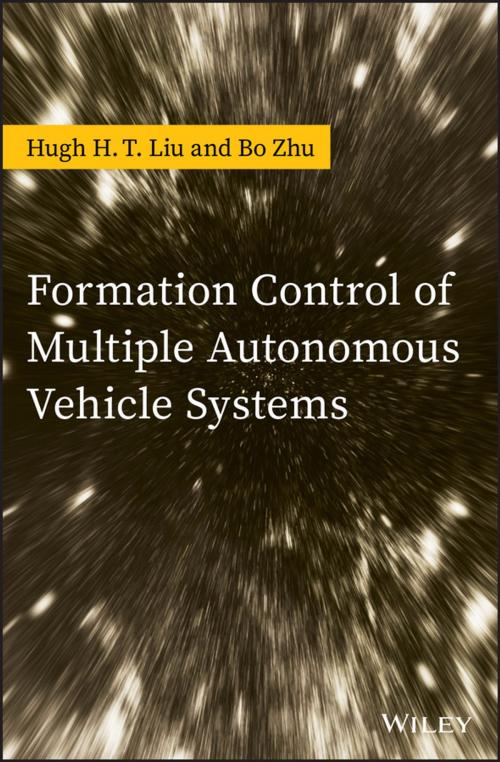Formation Control of Multiple Autonomous Vehicle Systems
Nonfiction, Science & Nature, Science, Other Sciences, System Theory| Author: | Hugh H. T. Liu, Bo Zhu | ISBN: | 9781119263050 |
| Publisher: | Wiley | Publication: | July 4, 2018 |
| Imprint: | Wiley | Language: | English |
| Author: | Hugh H. T. Liu, Bo Zhu |
| ISBN: | 9781119263050 |
| Publisher: | Wiley |
| Publication: | July 4, 2018 |
| Imprint: | Wiley |
| Language: | English |
This text explores formation control of vehicle systems and introduces three representative systems: space systems, aerial systems and robotic systems
Formation Control of Multiple Autonomous Vehicle Systems offers a review of the core concepts of dynamics and control and examines the dynamics and control aspects of formation control in order to study a wide spectrum of dynamic vehicle systems such as spacecraft, unmanned aerial vehicles and robots. The text puts the focus on formation control that enables and stabilizes formation configuration, as well as formation reconfiguration of these vehicle systems. The authors develop a uniform paradigm of describing vehicle systems’ dynamic behaviour that addresses both individual vehicle’s motion and overall group’s movement, as well as interactions between vehicles.
The authors explain how the design of proper control techniques regulate the formation motion of these vehicles and the development of a system level decision-making strategy that increases the level of autonomy for the entire group of vehicles to carry out their missions. The text is filled with illustrative case studies in the domains of space, aerial and robotics.
• Contains uniform coverage of "formation" dynamic systems development
• Presents representative case studies in selected applications in the space, aerial and robotic systems domains
• Introduces an experimental platform of using laboratory three-degree-of-freedom helicopters with step-by-step instructions as an example
• Provides open source example models and simulation codes
• Includes notes and further readings that offer details on relevant research topics, recent progress and further developments in the field
Written for researchers and academics in robotics and unmanned systems looking at motion synchronization and formation problems, Formation Control of Multiple Autonomous Vehicle Systems is a vital resource that explores the motion synchronization and formation control of vehicle systems as represented by three representative systems: space systems, aerial systems and robotic systems.
This text explores formation control of vehicle systems and introduces three representative systems: space systems, aerial systems and robotic systems
Formation Control of Multiple Autonomous Vehicle Systems offers a review of the core concepts of dynamics and control and examines the dynamics and control aspects of formation control in order to study a wide spectrum of dynamic vehicle systems such as spacecraft, unmanned aerial vehicles and robots. The text puts the focus on formation control that enables and stabilizes formation configuration, as well as formation reconfiguration of these vehicle systems. The authors develop a uniform paradigm of describing vehicle systems’ dynamic behaviour that addresses both individual vehicle’s motion and overall group’s movement, as well as interactions between vehicles.
The authors explain how the design of proper control techniques regulate the formation motion of these vehicles and the development of a system level decision-making strategy that increases the level of autonomy for the entire group of vehicles to carry out their missions. The text is filled with illustrative case studies in the domains of space, aerial and robotics.
• Contains uniform coverage of "formation" dynamic systems development
• Presents representative case studies in selected applications in the space, aerial and robotic systems domains
• Introduces an experimental platform of using laboratory three-degree-of-freedom helicopters with step-by-step instructions as an example
• Provides open source example models and simulation codes
• Includes notes and further readings that offer details on relevant research topics, recent progress and further developments in the field
Written for researchers and academics in robotics and unmanned systems looking at motion synchronization and formation problems, Formation Control of Multiple Autonomous Vehicle Systems is a vital resource that explores the motion synchronization and formation control of vehicle systems as represented by three representative systems: space systems, aerial systems and robotic systems.















